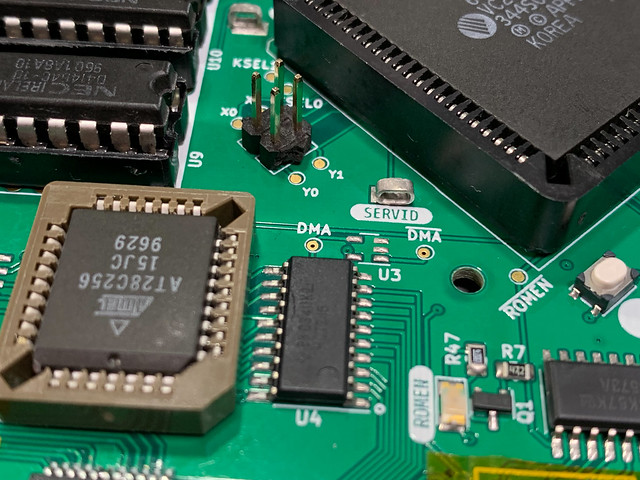KiCad 8 just dropped. Here’s an AddOhms video covering eight must-try features! The February 2024 release brings a whole host of new stuff to the Schematic editor. However, the PCB editor, CLI, and Simulation tools also received attention. (There are something like 900 closed issues for the 8.0.0 Milestone!) Which of these is your favorite?
USB-Based instruments that do not appear to the host as a virtual com port (VCP) usually use libusb for communication. The pyvisa-py driver for pyvisa can communicate with these instruments. However, you must first create a udev rule (and possibly a user group.)
If you see the device in lsusb, but not the pyvisa ResourceManager, you need to add (or modify a udev rule):
# backup 99-com.rules (if it exists)
cp /etc/udev/rules.d/99-com.rules /etc/udev/rules.d/99-com.rules.BAK
# (create and) edit the file
nano /etc/udev/rules.d/99-com.rules
# Add the following line
SUBSYSTEM=="usb", MODE="0666", GROUP="usbusers"
# create a usbusers group
sudo groupadd usbusers
# add your account to the new group
sudo usermod -a -G usbusers USERNAME
# restart udev
/etc/init.d/udev restart
(Although, you are probably better off rebooting.)
In August 2022, Nordic Semiconductor announced its first Wi-Fi product. The nRF7002 is a dual-band (2.4 and 5 GHz) Wi-Fi 6 compatible companion IC. It does not have a general-purpose microcontroller built-in. Instead, Nordic intends for you to combine it with another microcontroller, like one of their nRF52 or nRF53-series system on chip (SoC).
During the component shortage, I got to know Raspberry Pi’s RP2040 microcontroller. It is a dual-core Arm Cortex-M0+ with about 262 kilobytes of RAM. The feature I like most is the programmable IO pins. These are small state machines that run independently of the Arm cores. They allow for some clever tricks. For example, I used them extensively on the Mega IIe project.
Most of these pictures from the Mega IIe project did not make it into a video or talk. There were many “behind the scenes” style shots. Some of the pictures have titles and descriptions. I work on them when I have free time. Let me know your favorite!


